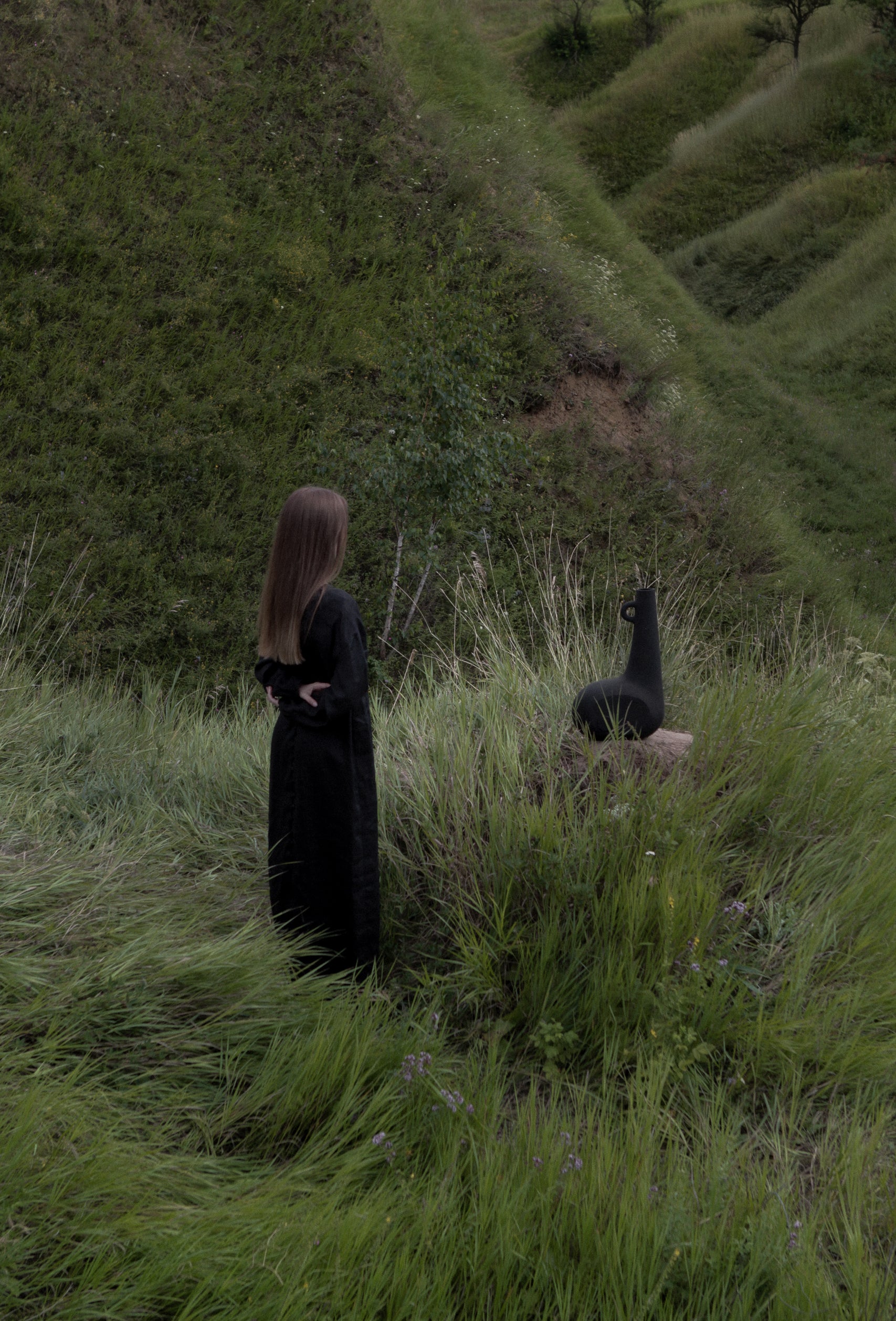The BANDURA vase

Sustainable Simplicity: Embracing Live Minimalism in Design and Lifestyle
The BANDURA vase
Process of handcrafting the SONYAH lamp

Process of handcrafting the SONYAH lamp
Weaving process

Weaving process
The ZEMLYA tapestry

The ZEMLYA tapestry
The BANDURA vase

The BANDURA vase
A way of living
Live minimalism is more than just a design philosophy; it is a way of living. It is about being mindful of the choices we make, respecting the earth and our ancestors, and creating a future that is sustainable and meaningful. It reminds us that the things we create and the spaces we inhabit are not just reflections of who we are but also of what we value and what we want to leave behind. This approach supports simple living and sustainability, where each decision reflects a commitment to a low-impact lifestyle.
This way of living requires a shift in perspective—from seeing ourselves as consumers of products to seeing ourselves as stewards of the earth and guardians of tradition. It is about recognizing that every object we bring into our lives has a story, a history, and an impact. Live minimalism challenges us to choose wisely, to honor the craftsmanship and ancient techniques that bring objects to life, and to embrace a simplicity that is rich in meaning, connection, and purpose. This philosophy is central to sustainable living, where every choice contributes to a healthier, more sustainable world.
In the end, live minimalism is not just about creating a more beautiful home or a more sustainable lifestyle; it is about creating a life that is deeply rooted in the values we hold dear—values of sustainability, craftsmanship, tradition, and respect for the natural world. It is a call to live more intentionally, to surround ourselves with things that truly matter, and to leave behind a legacy that is both meaningful and lasting. This approach to life and design reflects the principles of zero-waste simplicity, where every choice is made with care for the planet and future generations.